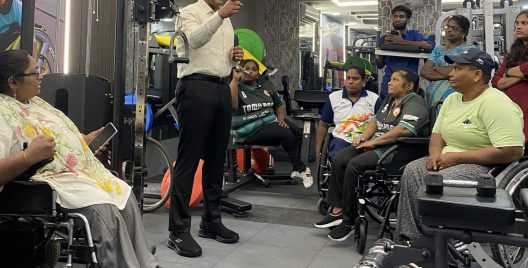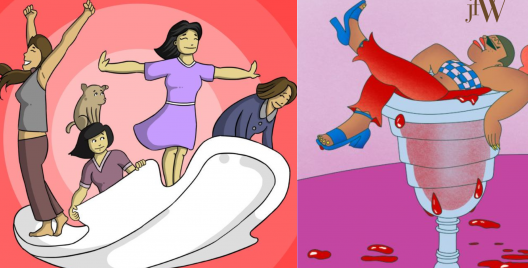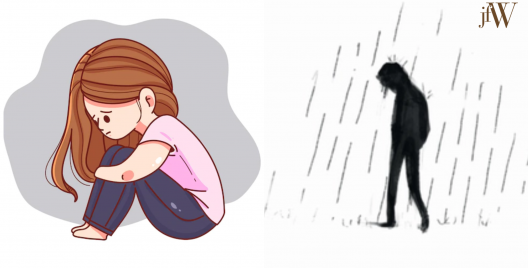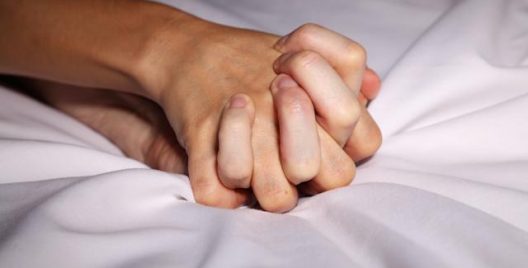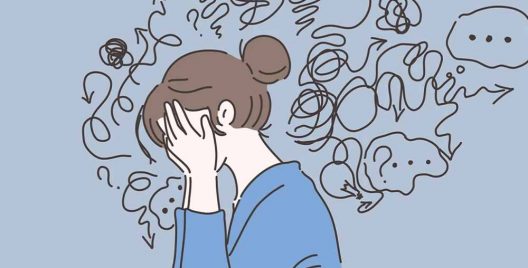Remember the seesaw teenage years when your hormones were flying all over the place and your skin was a reflection of all the million changes occurring in your body? As you heave a sigh of relief that your struggle with acne is a thing of the past, you should also be aware the acne can develop in adults.
What exactly is acne?
The emergence of a pimple after a hard night of partying? Or maybe a sign of an overly active sweet tooth? Well, acne can best be described as a chronic disorder of hair and sebaceous (oil secreting) glands. The condition usually starts in adolescence and resolves by mid twenties, but in some individuals it can persist beyond the age of 25 years. An expert in dermatology, Dr. Jeyakumari, answers some of our queries regarding adult acne and its treatment.
1. Studies have shown that acne occurs in a large percentage of adult women. What usually triggers adult acne?
15% of women develop adult acne, also called as post adolescent acne. It is of two types:
– Persistent acne with onset of teenage.
– Late onset in women who are beyond 30 years of age.
Triggers include excess oil, facials, cosmetics, stress, drugs like steroids, perimenopause, menopause, premenstrual, friction, pressure and sunlight.
2. What are the symptoms of adult acne and how can you tell if it is acne as opposed to a rash or boils?
Adult acne is predominantly inflammatory and very persistent. Large closed comedones are seen resulting in scarring. Acnes are commonly seen over the jaw line, face, neck, chin, upper lip, chest or back. Only dermatologists will be able to differentiate acne from other rashes and boils.
3. Is the treatment for acne on the body different than for the face in adults?
No. Treatment of body acne does not differ from acne of the face.
4. What are your recommendations for treating adult acne?
Treatment of adult acne is similar to that of adolescent acne. It has to be kept in mind that the skin is drier in adults than adolescents and if you have been afflicted since adolescence, it needs aggressive treatment. For relatively mild forms of the disease, cleansers, antibiotics, (creams and lotions) anti-androgens, oral contraceptives, androgen receptor blockers, retinoids and blue light therapy can be used as per the advice of dermatologist.
5. Do you have any diet and exercise suggestions for those who suffer from adult acne?
Dietary factors, particularly sweets, chocolates and fatty foods are frequently regarded by patients and clinicians as a cause or aggravator of acne. However, there is still paucity of scientific evidence to prove a causal relationship between diet and acne. A low glycemic diet resulted in significant loss of weight when compared to a high glycemic diet, suggesting that weight loss may be the trigger for this positive effect. Weight reduction by exercise may have a similar effect.
6. Does age play a factor in the development of acne?
Yes. Based on the hormonal fluctuations in the body, flare ups can occur during perimenopause, menopause and pregnancy – all significant phases in an adult woman’s life.
7. A lot of women affected by acne carry scars or marks long after, what do you recommend for the treatment of the marks?
Various modalities like lasers and intense pulsed light treatments are available which can be customized as per the individual’s need.
EVERYDAY CARE
Your daily skin care regimen should ideally consist of cleansing, moisturizing and sun protection. Cleansers should be used only 2-3 times a day. Excessive washing of the skin is not recommended. Use of soaps with high alkaline content is not good for the skin as they disturb the acid mantle of the skin. A shower is ideal with the use of a liquid cleanser. Hot and long baths are not good for the skin. Ideal cleanser helps to hydrate and moisturize the skin. It should not contain perfumes or colouring agents, and must be non comedogenic and non-irritant. The cleanser should ensure the pH balance (a measure of acidity) of the skin. An ideal moisturiser should offer effective hydration and prevent water loss. It should be paraben free and non sticky. Parabens are preservatives used in cosmetics. The moisturizer should also be available in other formulations like creams and lotions.
SUN PROTECTION
Photo protection or sun protection is done by the use of physical or chemical agents to protect the skin from the damaging effects of ultraviolet rays. Wear protective eyewear. Avoid or minimise exposure to sun between 10 am – 4 pm. Sunscreens provide chemical photo protection. While choosing your sun block, you must take into consideration the skin type to determine the SPF measure in the product. The broadest degree of protection is provided by SPF 30 or greater. It should be applied 20-30 minutes prior to stepping outside. It should be applied every day, irrespective of the weather, since even on a cloudy day, 80 percent of the sun’s harmful rays reach the earth. Reapply after sweating, swimming and towelling. Apply on lips, ears and exposed scalp.
TONING
Astringents are used for toning the skin. They are solutions designed to remove soap residue and oils from the skin. They restore the pH balance of the skin, which is often lost by cleansing and exfoliating. Toners also remove the traces left behind by makeup. They can be used twice a week. Since they are alcohol based they are not recommended for dry skin.




